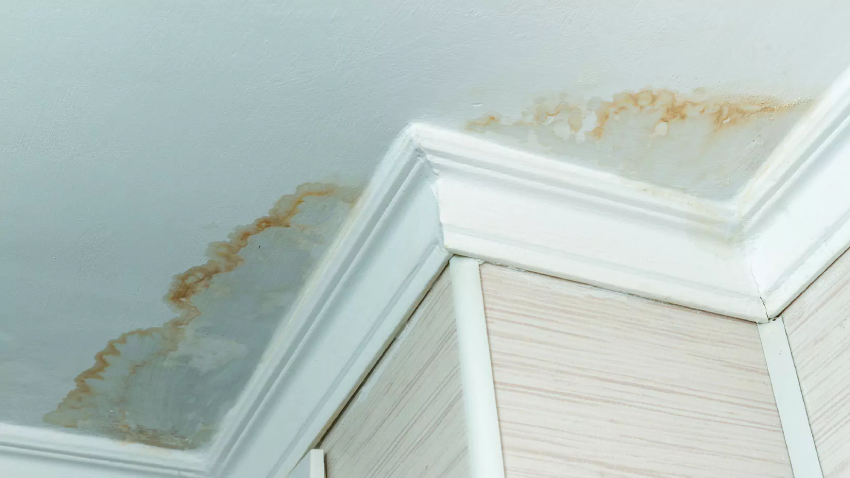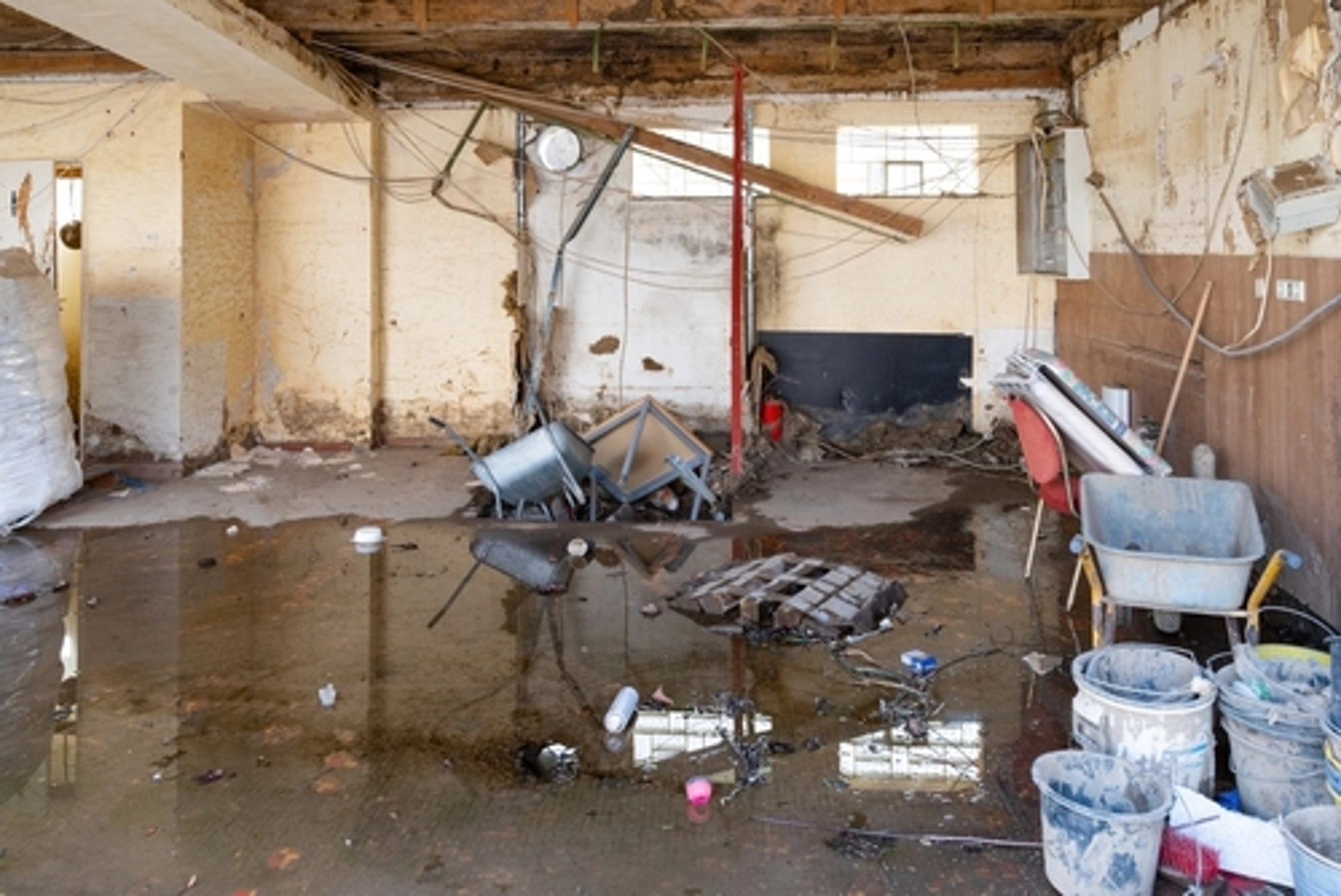Emergency Water Damage Restoration to Restore Your Property Quickly
Wiki Article
The Process of Water Damage Cleanup: Ensuring Your Home Is Brought Back Effectively
Water damages can be a complicated challenge for property owners, demanding a precise and organized clean-up procedure to recover safety and functionality. Originally, an extensive evaluation is vital to recognize the extent of the damage and figure out the suitable removal steps. Following this, reliable water removal methods play a critical duty in minimizing further injury. Nonetheless, the subtleties of drying out, disinfecting, and ultimate restoration are just as vital and often ignored. Understanding these stages can make a significant distinction in the outcome of your home's repair, triggering a closer consider what each step requires.Examining the Damage
Upon discovering water damages, the primary step is to completely evaluate the extent of the impact. This preliminary analysis is crucial, as it helps determine the necessary actions for effective cleanup and remediation. Begin by examining the impacted locations, including wall surfaces, ceilings, floors, and personal items, to recognize the source of the water intrusion, whether from flooding, leaks, or condensation.Documenting the damages is vital for both insurance coverage cases and intending reconstruction initiatives - damage restoration services. Usage photographs and created notes to capture the extent of the damage, noting any damaged structural components and materials. Pay unique interest to areas that may not be immediately noticeable, such as behind walls and under carpetings, as concealed dampness can lead to further difficulties, including mold and mildew development
Additionally, evaluate the timeline of the water exposure. The longer the materials continue to be damp, the greater the possibility for damage. Recognizing the period of exposure will certainly notify the necessity of removal initiatives. Inevitably, a thorough assessment lays the groundwork for a successful water damages cleaning procedure, ensuring that all influenced locations are resolved properly and thoroughly.
Water Removal Strategies

Experts typically employ submersible pumps for bigger volumes of water, which can swiftly reduce flooding in basements or various other influenced areas. For smaller sized amounts, wet/dry vacuum cleaners are typically utilized to draw out recurring dampness from rugs and difficult surface areas. Furthermore, utilizing portable extractors enables targeted removal in constrained spaces or areas with fragile products.
In circumstances of infected water, such as sewer or floodwater, progressed removal methods might include the use of biohazard tools to make certain safety and compliance with wellness laws. High-powered extraction tools are important in lessening water retention in architectural materials, which can bring about mold and mildew growth and structural degeneration otherwise attended to immediately.
Ultimately, the efficiency of water extraction strategies plays a crucial role in the general success of the water damages clean-up process, preparing for succeeding remediation efforts.
Drying and Dehumidification
Once standing water has been properly removed, the following critical stage in the water damages cleanup procedure is drying and dehumidification. This action is important to prevent more damages and mold and mildew development, which can happen within 24 to two days in wet atmospheres.To attain effective drying, customized tools such as industrial-grade air movers and dehumidifiers is employed. Air movers circulate air throughout wet surface areas, improving evaporation rates, while dehumidifiers decrease moisture levels airborne, promoting a helpful environment for drying. The combination of these devices makes sure that dampness is attracted out from floors, home furnishings, and wall surfaces, enabling them to completely dry thoroughly.
It is vital to keep track of the drying out procedure very closely. Professionals commonly use dampness meters to analyze the dampness content in numerous products, making certain that all affected locations reach acceptable dry skin degrees. This precise technique aids to prevent covert dampness pockets that might cause structural damages or harmful mold and mildew development.

Cleaning and Sterilizing
After the drying out and dehumidification phase is total, the next crucial action in water damages cleanup is cleaning up and disinfecting the impacted locations. This procedure is important to stop the development of mold, bacteria, and other pathogens that grow in wet atmospheres.The cleansing stage commonly includes getting rid of any type of particles, dust, and contaminants from surfaces making use of specialized cleaning up representatives. For difficult surfaces, a mix of soap and water or business cleaning products is frequently used. Soft products, such as furniture and carpetings, may need a lot more substantial cleaning approaches, including steam cleansing or deep removal methods, to ensure detailed sanitation.

Sanitizing adheres to cleansing, making use of EPA-approved disinfectants to eliminate harmful microorganisms. This action is necessary, specifically in locations that may have entered call with floodwaters or sewer, as these sources can position significant health and wellness dangers.
Additionally, it is vital to attend to any staying odors, which might call for making use of smell neutralizers or sophisticated methods like ozone treatment. Proper cleaning and sanitizing not just bring back the safety and health of your home however likewise lay the groundwork for effective reconstruction and fixings in succeeding stages of the water damage cleanup procedure.
Remediation and Fixings

Once the assessment is complete, remediation initiatives can begin. In addition, floor covering may need comparable attention, depending on the degree of water exposure.
It is vital to engage experienced repair experts during this procedure, as they possess the proficiency to take care of complex repair services properly. In addition, they can assist minimize possible future issues, such as mold growth or architectural instability, thus making sure a habitable and safe living environment. Eventually, efficient remediation and repairs restore the home's integrity and boost its overall worth.
Verdict
To conclude, the process of water damages cleaning is critical for bring back a home to its pre-damage condition. Each stage, from assessing the damage to executing efficient water extraction strategies, complied with by thorough drying out, sanitizing, and required repair work, plays an important duty in making sure safety and security and conformity with structure standards. water damage restoration Reliable implementation of these steps not just alleviates immediate damages but likewise enhances the long-term integrity and worth of the residential property.Water damage can be a difficult difficulty for house owners, requiring a meticulous and structured cleaning procedure to restore safety and security and functionality. Eventually, a detailed analysis lays the foundation for a successful water damages clean-up process, making sure that all affected areas are dealt with efficiently and thoroughly.
Effective water extraction strategies are important in reducing damages and preventing further complications following a water breach occasion.In final thought, the procedure of water damages clean-up is vital for restoring a home to its pre-damage problem. Each phase, from analyzing the damage to executing effective water removal techniques, adhered to by thorough drying, sanitizing, and needed fixings, plays an essential duty in ensuring safety and compliance with structure criteria.
Report this wiki page